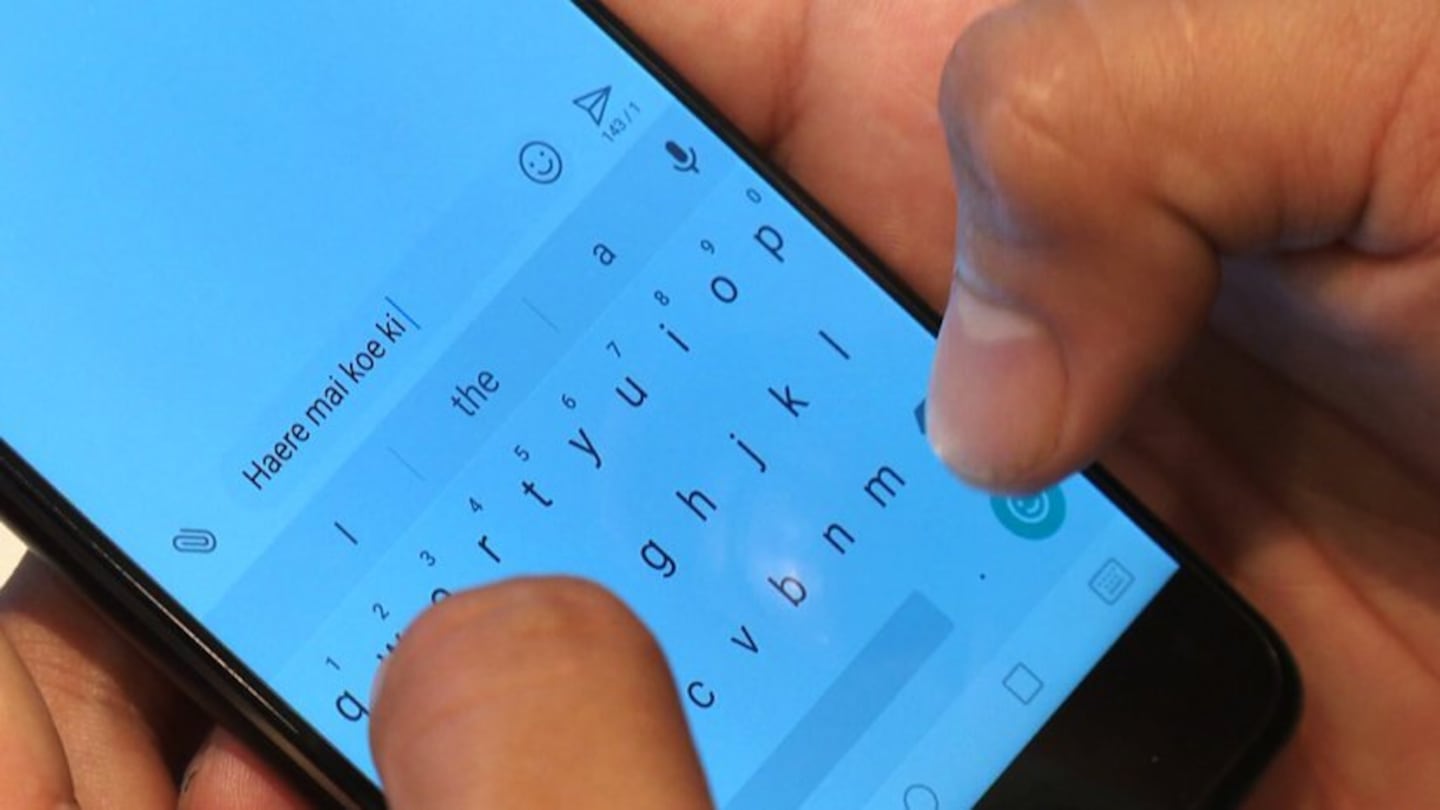Almost one in five Māori adults said they could speak te reo Māori, and a third said they could understand the language at least fairly well, according to data released today by Tatauranga Aotearoa Stats NZ.
The data was collected in Te Kupenga 2018, Tatauranga Aotearoa Stats NZ’s survey of Māori wellbeing, which was answered by almost 8,500 individuals of Māori descent.
The proportion of those who could speak the language fairly well, well, or very well, varied by age group.
Māori people aged between 15 and 24 years and those over 55 appeared to most likely to speak te reo Māori at least fairly well.
Statistics manager Dr Claire Bretherton says the high proportions of younger people able to speak te reo may reflect the emergence of Māori immersion teaching and learning environments over the past few decades.
“Of Māori people aged between 15 and 34 years who speak at least some Te reo Māori, 45 percent said they learned it through Kōhanga reo, Kura Kaupapa Māori, or Wharekura. This rose to 68 percent for those who speak Te reo Māori fairly well or better.”
Meanwhile, over half of those interviewed had some te reo Māori speaking ability, similar to the proportion reported in Te Kupenga 2013.
Different ways of learning
Data on ways of learning the language was collected in Te Kupenga for the first time in 2018. This showed that the language was learned in a variety of ways across different age groups.
For those who spoke more than a few words or phrases of te reo Māori, the most common method of learning it was by listening and speaking with relatives, friends, or neighbours.
Younger generations of speakers were more likely than others to have learned te reo through language immersion environments such as Kōhanga Reo, Kura Kaupapa Māori or Wharekura.
In addition, 65 percent of 15–24-year-olds and 62 percent of 25–34-year-olds said they learned through other primary, secondary, or Māori boarding schools, compared with 21 percent of those aged 55 or over.
Speaking with whānau and friends and going to hui were important across all age groups.
Speaking at home
For older groups, however, language transmission through home and whānau environments was particularly important.
Seventy-one percent of Māori adults aged 55 and over who speak at least some Te reo Māori said they learned this through listening and speaking to parents or other people living at home. This is significantly higher than for any other age group.
“This new information on the different ways Te reo Māori is learned can now add to discussions around future strategies for revitalising the Māori language,” Dr Bretherton says.

